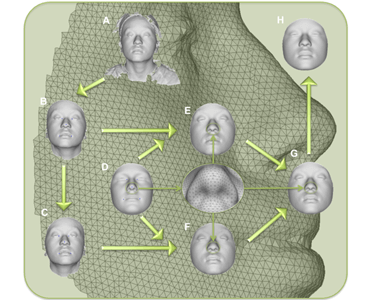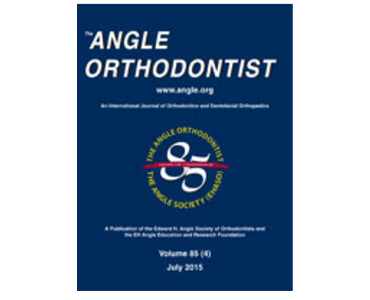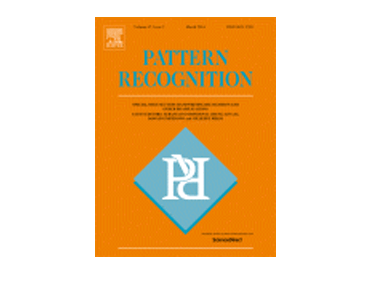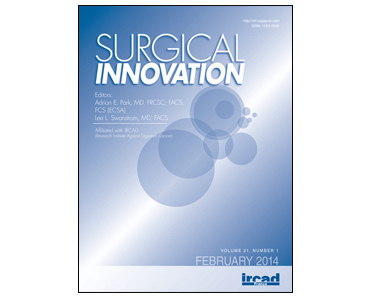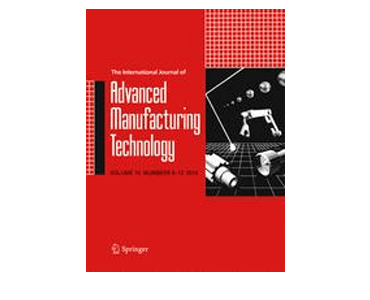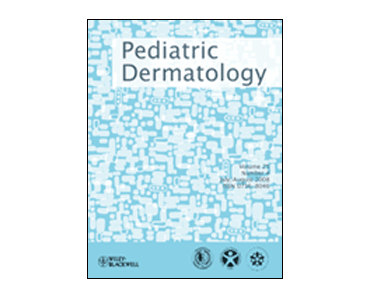Modeling 3D Facial Shape from DNA. P Claes, DK Liberton, K Daniels, KM Rosana, EE Quillen, LN Pearson, B McEvoy, M Bauchet, AA Zaidi, W Yao, H Tang, GS Barsh, DM Absher, MD Shriver.
Date: March 2014 Source: PLOS Genetics. Abstract: Human facial diversity is substantial, complex, and largely scientifically unexplained. We used spatially dense quasi-landmarks to measure face shape in population samples with mixed West African and European ancestry from three locations (United States, Brazil, and Cape Verde). Using bootstrapped response-based imputation modeling (BRIM), we uncover the relationships…

